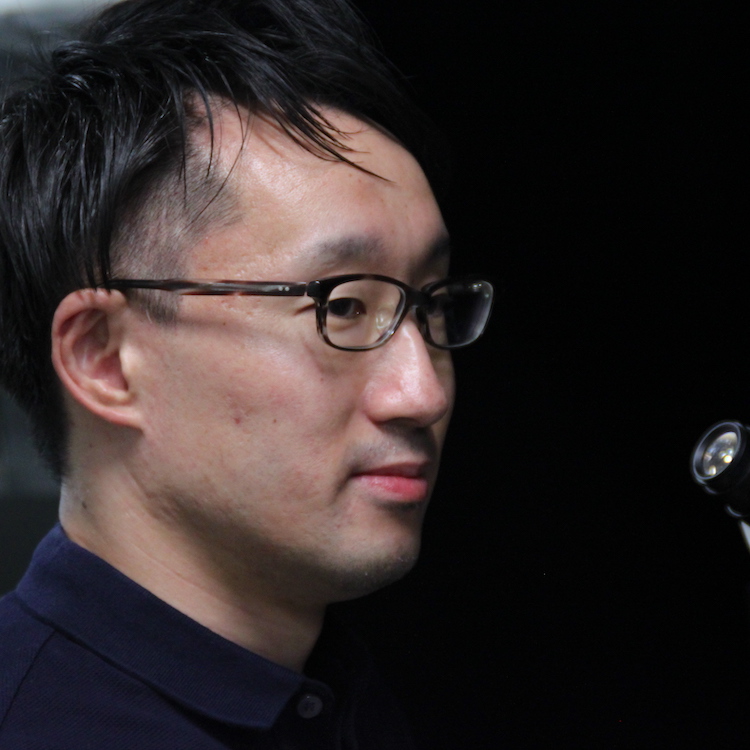
Ph.D. / Assistant Professor
Expertise: Molecular Oncology, Molecular and Cellular Biology, Genetic Engineering, Organoid Biology
Email: atkane [at] juntendo.ac.jp
Google Scholar
Researchmap English Japanese
ORCID
ResearchGate
facebook
Awards:
“Young Investigator Award, at The 20th Japan-Korea Joint Symposium on Helicobacter Infection (若手研究者賞 @第20回 ヘリコバクター感染症 日韓合同国際シンポジウム)”, June, 2024.
“Research Award of The Japanese Society for Helicobacter Research in FY2023(令和5年度 日本ヘリコバクター学会学術賞)”.
“Research Award of The Japanese Association for Protein Phosphatase Research in FY2011(平成23年度 日本プロテインホスファターゼ研究会賞)”.
Selected papers:
A. Takahashi-Kanemitsu et al. The Helicobacter pylori CagA oncoprotein disrupts Wnt/PCP signaling and promotes hyperproliferation of gastric gland base cells. Science Signaling (2023).
A. Takahashi-Kanemitsu et al. Molecular anatomy and pathogenic actions of Helicobacter pylori CagA that underpin gastric carcinogenesis. Cellular & Molecular Immunology (2021).
A. Takahashi et al. SHP2 tyrosine phosphatase converts parafibromin/Cdc73 from a tumor suppressor to an oncogenic driver. Molecular Cell (2011).
I. Kikuchi, A Takahashi et al. Dephosphorylated parafibromin is a transcriptional coactivator of the Wnt/Hedgehog/Notch pathways. Nature Communications (2016).
R. Tsutsumi, M. Masoudi. A. Takahashi et al. YAP and TAZ, Hippo signaling targets, act as a rheostat for nuclear SHP2 function. Developmental Cell (2013).
Biography:
Dr. Atsushi Takahashi-KANEMITSU graduated from Faculty & Graduate School of Science (Div. Chemistry) in Hokkaido University and received his Ph.D. in 2011. He had studied Molecular Biology of Cancer, especially gastric carcinogenesis induced by the Helicobacter pylori-derived CagA protein, in Prof. M. Hatakeyama’s Labs. @Institute for Genetic Medicine (Div. Molecular Oncology) in Hokkaido University and @Graduate School of Medicine (Div. Microbiology) in The University of Tokyo by 2021. He had found out hither-to unidentified intracellular enzymatic reactions as well as signal transductions, perturbation of which by the bacterial oncoprotein and/or genetic alteration are mechanistically associated with carcinogenesis, by generating experimental systems that enable to express CagA in gastric epithelium of mice, epithelial gastroids and Xenopus laevis embryos ectopically. Since joined DBSB in 2022, he has tried to decipher the molecular basis that underpins the interrelated regulatory mechanisms between malignant transformation and aging/senescence of cells, and started the development of experimental models utilized genetically manipulated organisms/organoids/cells that can interpret the interface of the patho-physiological phenomemon.
